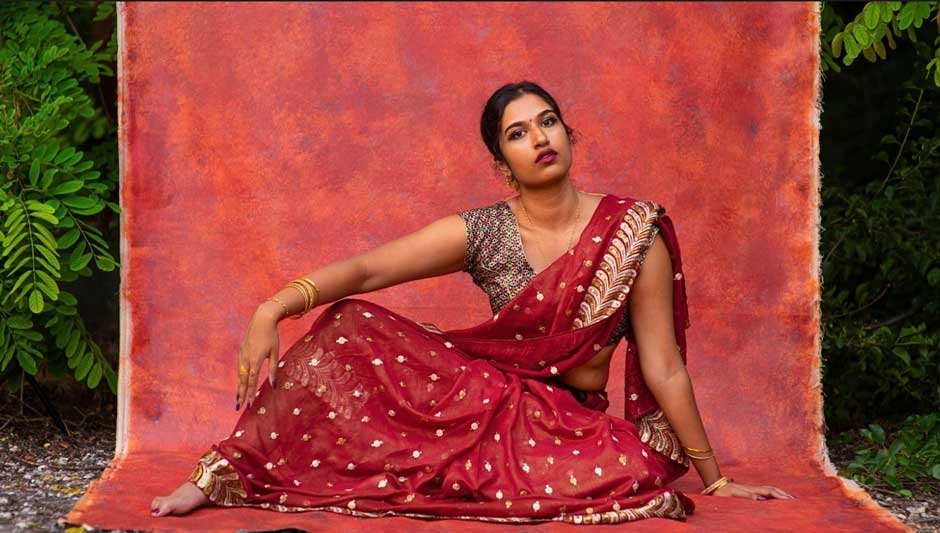Introduction
Traditional Asian attire is always attractive, despite fashion changes. Asian design is skilled, artistic, and historical. Examples include the flowing Japanese kimono, the intricate needlework of the Indian saree, the imperial Chinese qipao, and the soft Korean hanbok.
However, as global fashion trends combine cultures and rituals, many individuals worry how to wear traditional garments to modern occasions without losing their originality. This article guides how to mix tradition and modernity when wearing Asian clothing to weddings, formal occasions, business meetings, and informal outings.
The Cultural Significance Behind Asian Fashion
Before you start styling, realise that Asian clothing is more than simply clothes—they express your identity, culture, and background. Everything has a story. The cheongsam, or Chinese qipao, features a high collar and hugs the body. It represents elegance and strength and has altered as China has socialised.
The Japanese kimono is symbolic and structured. It symbolises centuries of craftsmanship and aesthetics. Graceful and adaptable, the Indian saree is six yards long. It may be worn in numerous ways nationwide. The bright hues and simple motifs of the Korean hanbok symbolise peace and respect.
Remember their origins when donning these outfits for contemporary events. Not to make them more western or less significant, but to give them a new meaning that demonstrates they are still relevant while staying faithful to their roots. Womens Asian clothes blend timeless tradition with modern elegance.
Blending Tradition and Modern Aesthetics
Fusion makes current fashion work. New York, Paris, Seoul, and Mumbai designers are integrating Asian forms, textiles, and motifs in their modern designs. Asian and Western tailoring creates elegant, smart, and global-appealing clothing.
Style Asian clothing for modern events using modern cutting, minimal accessories, and soothing hues. A sleek monochrome jumpsuit with a beautifully embroidered Indian dupatta creates a lovely ethnic contrast. Modern hanboks with streamlined sleeves and neutral hues may also make traditional apparel seem runway-ready.
Modernizing the Indian Saree and Lehenga
The Indian saree remains one of the most versatile and popular garments. It may be rethought in various ways for today. Chiffon, georgette, and satin are good for cocktail parties and nights out. Rose gold, champagne, and silver metallics modernise the costume without compromising its cultural charm.
A structured blouse or crop top may also modify the saree’s appearance. You may wear the saree to work or semi-formal events with off-the-shoulder blouses, halter necks, or blazers. To complete the outfit, replace heavy jewellery with delicate gold or diamond pieces and sandals with heeled mules or pointed pumps.
Simple needlework, uncommon fabrics, or a blend of styles may modernise the lehenga. A high-waisted skirt with a fitted top or asymmetrical drape may be perfect for weddings, banquets, and other fashionable gatherings.
Reinventing the Japanese Kimono
Traditional Japanese kimonos are beautiful and meaningful. Once reserved for exceptional events, it’s now worn in everyday and high-fashion attire. Kimonos are often layered in current design. A short kimono jacket over a basic dress, denim or fitting trousers adds a bohemian look to informal and semi-formal settings.
Nighttime activities may call for a silk kimono robe dress with a belt. The key is to balance busy patterns with basic accessories and shoes. You may also wear obi-inspired belts over Western outfits to look like a kimono while being contemporary.
Accessorizing Asian Clothing for Modernity
Accessories are crucial for matching traditional and current trends. Avoid overdoing it. Asian clothing includes lots of embroidery, beading, and textures, therefore modern minimalism in accessories works nicely. Choose delicate jewellery, structured handbags, and stylish ankle boots, strappy heels, or pointed flats.
Also, fresh hair and makeup may modify the look. Elegant buns, waves, or ponytails complement traditional clothes. Makeup should improve your appearance. Finish with natural hues and bold eyeliner or red lips.
Adapting Asian Clothing for Western Settings
Combining Asian and Western styles requires talent and daring. In a Western office, a kimono coat over a fitted dress may seem professional. A qipao-like sheath can replace a cocktail dress. An embroidered saree blouse with high-waisted slacks is suitable for business or cultural events.
Respecting ethnic emblems and obeying current fashion guidelines is crucial. Instead of dressing like a character, try Asian-inspired styles to seem better. This strategy celebrates your uniqueness and promotes cultural understanding.
Final Thoughts
More than just a fashion statement, wearing Asian attire to modern occasions honours your culture and identity. It links local craftsmanship to global preferences and the past to the present. By carefully integrating old and modern trends, you celebrate your past and make the fashion business more culturally conscious and inclusive.
Asian and modern clothes illustrate that culture evolves. Every change, great or small, adds a new chapter to a centuries-old story. Asian attire will inspire, change, and illuminate the modern world as long as respect and sincerity remain central.






